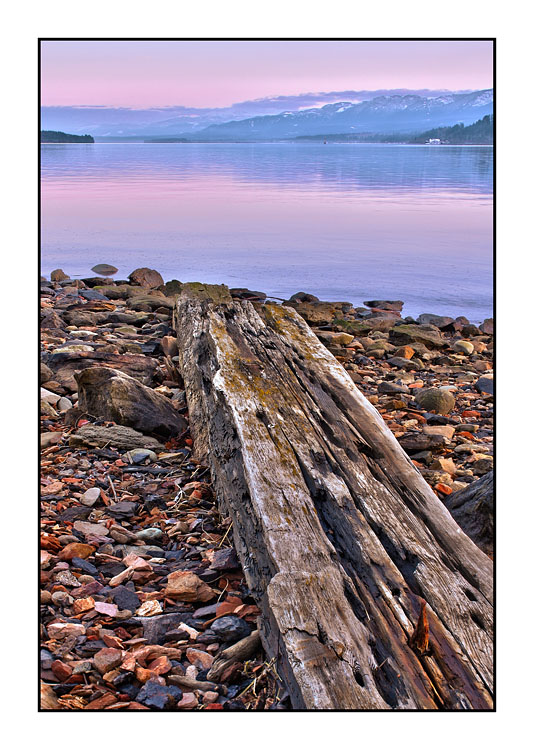Recalling Walden: Thoreau’s Embodied Aesthetics and Australian Writings on Place
Keywords:
Thoreau, place, embodiment, aestheticsAbstract
This essay argues that the works of the nineteenth-century American philosopher, poet, and naturalist Henry David Thoreau (1817-1862) have moulded Australian place writings of the last one hundred years. Beginning with the foundational work into Australian literature done by the American critics C. Hartley Grattan (1902-1980), A. Grove Day (1904-1994), and Joseph Jones (1908-1999), the article goes on to contextualize the discussion in the contemporary transhemispherical scholarship of Australian literary historian Harry Heseltine and American ecocritic Robert Zeller. Both syncretic and embodied, Thoreau’s literary approach to place draws from a fusion of multi-sensory experience, ethnographic inquiry, and bodily participation in the landscape through walking. Australian place writers including Edmund Banfield (1852-1923), Charles Barrett (1872-1959), Jack McLaren (1884-1954), Derek Robert (c. 1920-?), Barbara York Main (1929-), and Rod Giblett (1951-), explicitly or implicitly, reflect the influence of Thoreau’s embodied aesthetics.Downloads
Published
2011-07-17
How to Cite
Ryan, J. C. (2011). Recalling Walden: Thoreau’s Embodied Aesthetics and Australian Writings on Place. Journal of Ecocriticism, 3(2), 43–57. Retrieved from https://ojs.unbc.ca/index.php/joe/article/view/244
Issue
Section
Articles

